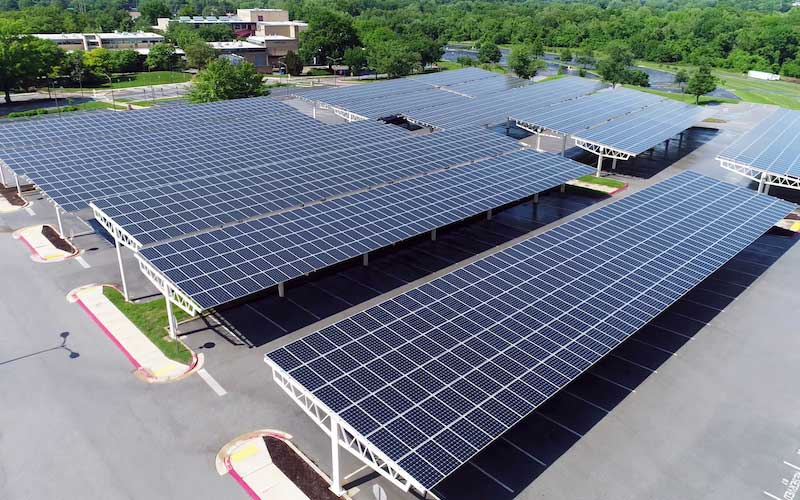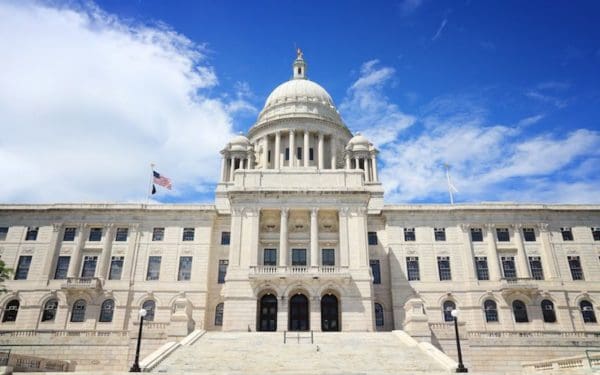
Community choice power can both decrease electricity bills and lower climate-damaging emissions. Photo Credit: Shutterstock.
As we know, the imperative to tackle the climate crisis is real—and is increasingly urgent. With the federal government taking our nation in the wrong direction, action at the state and community levels is more essential than ever.
That’s why, starting in June 2018, CLF assembled a roundtable of municipal officials from a half dozen New Hampshire cities. Meeting quarterly, the goal of the roundtable is to share information and identify tools that communities can use to reduce climate-damaging emissions at the local level. Addressing topics ranging from energy efficiency to renewable energy to solid waste, the roundtable latched onto an important, much-needed tool: municipal electricity aggregation, also referred to as community choice power.
With recently passed legislation, community choice power is on the verge of becoming a powerful tool for local, community-based efforts to advance clean energy, save people money, and curb carbon pollution.
Harnessing Local Purchasing Power for Renewable Energy
The concept behind community choice power is simple: allow cities and towns to purchase clean, renewable energy like solar and wind—in bulk—for electricity users in their community.
To see the effectiveness of community choice power, we need look no further than Massachusetts. There, numerous cities and towns have used the power of pooling residential and commercial electricity customers to make bulk purchases of electricity that’s cleaner than the energy provided by local utility companies. More specifically, while utilities in Massachusetts are required to provide electricity that includes at least 14% renewable energy, communities there are using municipal aggregation to purchase power that exceeds this minimum threshold. In fact, the City of Newton’s program—Newton Power Choice—includes 60% local New England renewables, more than 45% above the mandate for utilities. It even provides residents an option to receive up to 100% renewable energy.
What’s more, in addition to providing a path to increase the use of clean energy and reduce climate-damaging emissions, aggregating these electricity purchases saves money for residential and commercial customers alike. An analysis of eight cities and towns in Massachusetts, for example, found that, on average, community choice power saved residential users 16% compared to what they would be paying their utility, Eversource. Commercial users saved, on average, nearly 15%.
Opting In to Community Choice Power in New Hampshire
For years, dating back to 1996, New Hampshire has had a municipal aggregation law on the books. But the law had one glaring problem: if a city or town developed a community choice program, residents there had to affirmatively opt in to the program. This undermined the community’s ability to pool a critical mass of electricity customers to obtain lower-cost energy.
To unleash the power of municipal electricity aggregation, this needed to change.
With the City of Lebanon in the lead, CLF and other partners worked to change New Hampshire’s law to allow cities and towns to proceed with community choice power on an opt-out basis. This means that residents will be part of the customer pool automatically, unless they opt out of the program. This approach gives communities bargaining power, and it’s what has made municipal electricity aggregation such a powerful and effective tool elsewhere. The bill was passed by the Legislature in June and now awaits the Governor’s signature.
We’re excited that New Hampshire cities and towns will soon have this important tool to boost the use of clean renewable energy, lower greenhouse gas emissions, and save us all money on our electricity bills. We need an all-hands-on-deck approach to tackle the climate crisis, and local action and local tools like this will be key to our collective success.



